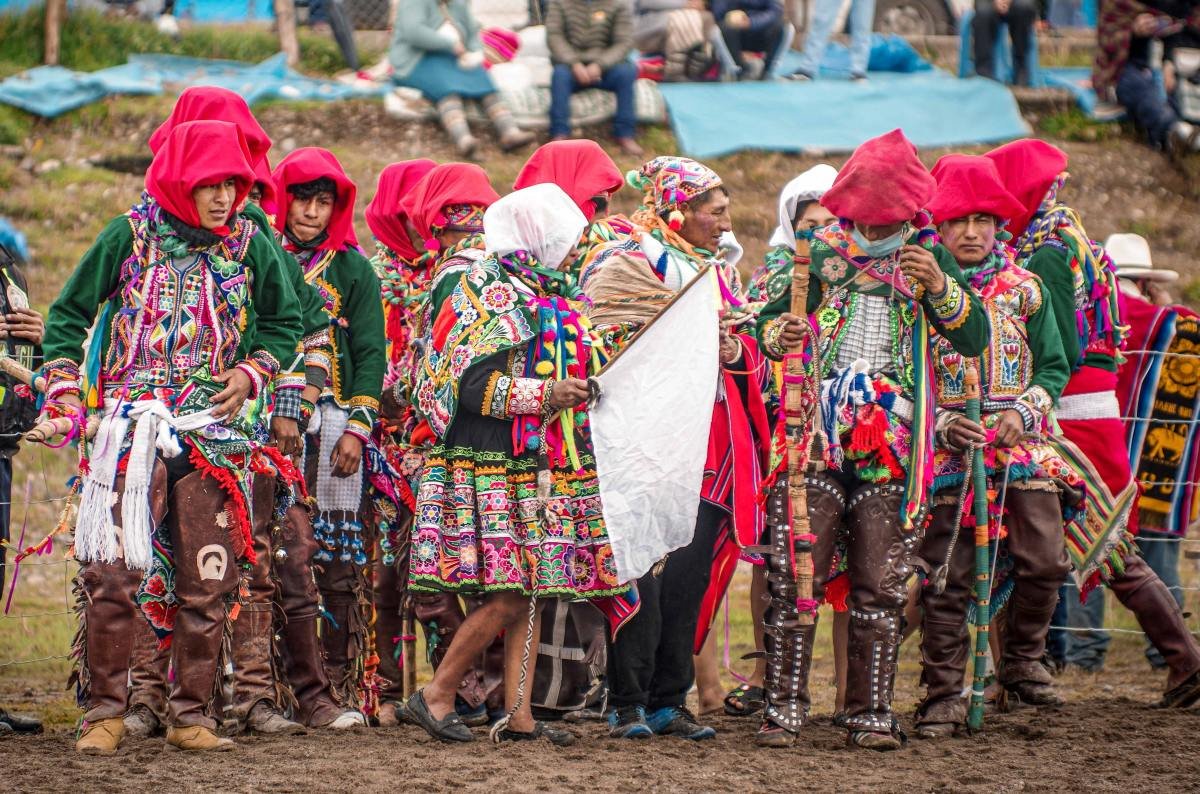Experiencing local traditions and customs is one of the most enriching aspects of travel. It offers a deeper understanding of a destination’s culture and people, creating lasting memories and connections. Here are some of the best places around the world to immerse yourself in local traditions and customs:
1. Kyoto, Japan
Why Visit:
- Rich History: Kyoto was the imperial capital of Japan for over a thousand years, preserving much of its cultural heritage.
- Traditional Festivals: Experience festivals such as Gion Matsuri, which dates back to the 9th century.
- Cultural Practices: Participate in traditional tea ceremonies, calligraphy, and kimono-wearing.
Highlights:
- Gion District: Famous for its well-preserved machiya houses and geisha culture.
- Kiyomizu-dera Temple: A historic temple with stunning views and cultural significance.
- Fushimi Inari Shrine: Known for its thousands of vermilion torii gates.
2. Marrakech, Morocco
Why Visit:
- Vibrant Markets: The souks of Marrakech offer a sensory overload with their colors, scents, and sounds.
- Traditional Cuisine: Enjoy local dishes like tagine and couscous, and experience Moroccan hospitality.
- Cultural Practices: Witness traditional Berber music and dance.
Highlights:
- Jemaa el-Fnaa: The bustling main square with snake charmers, storytellers, and food stalls.
- Medina: A UNESCO World Heritage site with narrow alleys and traditional markets.
- Hammams: Traditional Moroccan baths for a unique relaxation experience.
3. Varanasi, India
Why Visit:
- Spiritual Significance: One of the oldest continuously inhabited cities in the world and a major pilgrimage site for Hindus.
- Religious Rituals: Witness the Ganga Aarti ceremony on the ghats of the Ganges River.
- Cultural Practices: Experience local music, yoga, and traditional crafts.
Highlights:
- Dashashwamedh Ghat: A prime location to watch the Ganga Aarti.
- Kashi Vishwanath Temple: A sacred Hindu temple dedicated to Lord Shiva.
- Boat Rides on the Ganges: A serene way to see the ghats and daily life along the river.
4. Cusco, Peru
Why Visit:
- Inca Heritage: Once the capital of the Inca Empire, rich in history and archaeology.
- Traditional Festivals: Participate in Inti Raymi, the Festival of the Sun, which celebrates the winter solstice.
- Cultural Practices: Learn about traditional weaving techniques and Andean music.

Highlights:
- Sacsayhuaman: A massive Inca fortress with impressive stonework.
- San Pedro Market: A bustling market where you can sample local foods and buy traditional crafts.
- Sacred Valley: Explore traditional villages and ancient ruins.
5. Luang Prabang, Laos
Why Visit:
- Buddhist Monasteries: Home to numerous temples and a strong monastic tradition.
- Alms Giving Ceremony: Witness or participate in the daily Tak Bat ritual where monks collect alms.
- Traditional Arts: Discover local crafts such as silk weaving and paper making.
Highlights:
- Wat Xieng Thong: A significant Buddhist temple with stunning architecture.
- Mount Phousi: Offers panoramic views of the city and surrounding landscape.
- Night Market: A vibrant market showcasing local handicrafts and street food.
6. Tuscany, Italy
Why Visit:
- Culinary Traditions: Known for its wine, olive oil, and hearty cuisine.
- Historic Festivals: Experience events like Palio di Siena, a historic horse race.
- Cultural Practices: Participate in grape harvesting and traditional cooking classes.
Highlights:
- Florence: The cradle of the Renaissance, with art, architecture, and history.
- Chianti Region: Famous for its vineyards and wine tastings.
- San Gimignano: A medieval town known for its preserved towers and local traditions.
7. Bali, Indonesia
Why Visit:
- Hindu Culture: Unique Balinese Hinduism with elaborate rituals and ceremonies.
- Traditional Arts: Dance, music, and crafts are integral parts of Balinese culture.
- Cultural Practices: Participate in temple festivals and local ceremonies.
Highlights:
- Ubud: The cultural heart of Bali, known for its art and dance performances.
- Besakih Temple: The largest and holiest temple complex in Bali.
- Tirta Empul: A sacred water temple where visitors can participate in purification rituals.
8. Oaxaca, Mexico
Why Visit:
- Indigenous Traditions: Rich in indigenous culture and traditions.
- Festivals: Experience Día de los Muertos (Day of the Dead) with its colorful and meaningful rituals.
- Cultural Practices: Learn about traditional weaving, pottery, and mezcal production.
Highlights:
- Monte Albán: Ancient Zapotec ruins with stunning views of the Oaxaca Valley.
- Santo Domingo Church: A baroque church with an adjoining cultural center.
- Markets: Vibrant markets like Mercado Benito Juárez, offering local food and crafts.
9. Kyoto, Japan
Why Visit:
- Ancient Traditions: Well-preserved cultural practices and historical sites.
- Traditional Festivals: Events like Gion Matsuri showcase traditional floats and performances.
- Cultural Practices: Experience tea ceremonies, kimono-wearing, and calligraphy.
Highlights:
- Fushimi Inari Shrine: Famous for its thousands of vermilion torii gates.
- Kinkaku-ji (Golden Pavilion): A Zen Buddhist temple with stunning architecture.
- Arashiyama Bamboo Grove: A serene and picturesque bamboo forest.
10. Fez, Morocco
Why Visit:
- Historic Significance: One of the oldest and most well-preserved medieval cities in the world.
- Artisan Crafts: Known for its traditional crafts such as leatherwork, pottery, and metalwork.
- Cultural Practices: Experience traditional Moroccan music, dance, and cuisine.
Highlights:
- Medina of Fez: A UNESCO World Heritage site with winding alleys and historic buildings.
- Al-Qarawiyyin University: The oldest existing, continually operating higher educational institution in the world.
- Chouara Tannery: A traditional tannery offering a glimpse into the ancient craft of leather making.
Conclusion
These destinations offer an immersive experience into local traditions and customs, providing a deeper understanding and appreciation of diverse cultures. By participating in local festivals, exploring historic sites, and engaging with local communities, travelers can create meaningful connections and unforgettable memories. Embrace the opportunity to learn and experience the rich cultural heritage each destination has to offer.
